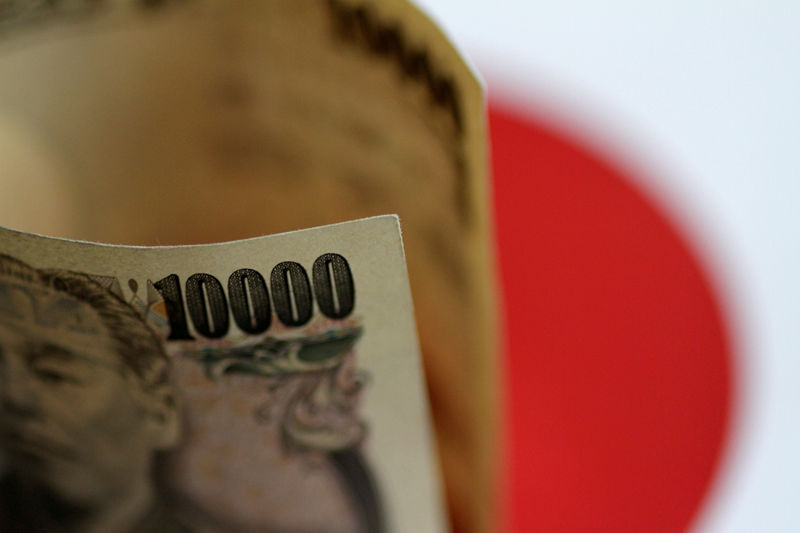By Ambar Warrick
Investing.com -- Asian currencies retreated on Tuesday as concerns over a banking crisis in the U.S. battered sentiment, with a mild recovery in the dollar also pressuring markets ahead of key inflation data due later in the day.
China’s yuan sank 0.4%, while the Japanese yen lost 0.5% as most regional currencies came under pressure from uncertainty over how U.S. monetary policy will proceed in the face of a potential banking crash.
Asian currencies had initially benefited from expectations that the Federal Reserve will curb its pace of interest rate hikes to stem further damage to the economy from high interest rates, which factored heavily in the collapse of Silicon Valley Bank (NASDAQ:SIVB).
But markets turned uncertain over such a notion ahead of consumer price index data due later in the day, which is expected to show U.S. inflation remained sticky in February. Any signs of stubborn inflation give the Fed more impetus to raise interest rates.
The dollar had plummeted against a basket of currencies after the government intervened in the banking sector. But the greenback recouped some losses on Tuesday, with the dollar index and US Dollar Index Futures rising 0.3% each.
Still, Fed Fund futures prices show that markets have abandoned expectations that the Fed will hike interest rates by 50 basis points next week, with a majority of traders pricing in a 25 bps hike.
Some analysts, including those at Goldman Sachs and Nomura also raised the possibility of no rate hike action by the Fed, due to market sentiment remaining fragile in the wake of the SVB collapse.
Broader Asian currencies retreated amid uncertainty over the Fed. The South Korean won sank 0.8%, while the Taiwan dollar lost 0.4%.
The Australian dollar fell 0.2% after a private survey showed that consumer sentiment remained near pandemic-era lows in March. A separate survey also showed that business sentiment worsened amid high inflation and rising interest rates.
Losses in the Indian rupee were somewhat limited on Tuesday, with currency trading down 0.1%. The rupee was supported by a sharp drop in oil prices, given that high oil imports account for a bulk of India’s current account deficit.
Data on Monday showed that Indian CPI inflation eased less than expected in February, with a similar trend expected from wholesale inflation due later in the day.
